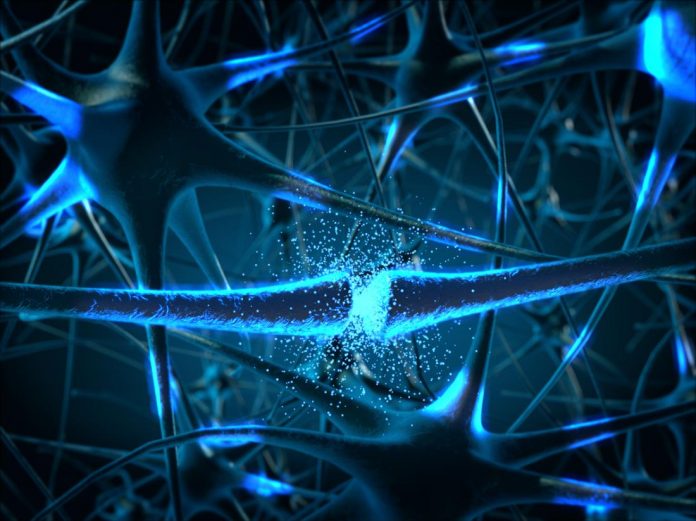It was once believed that memories are formed by hardwiring information into the brain in a highly stable manner. However, recent studies carried out at Harvard Medical School (HMS) tell a different story. Researchers claim that this new information suggests that the neuronal networks are much more flexible than we first thought. This plasticity is what allows the networks to integrate new information easier and incorporate learning, without the need to form new links to different neurons every time. The study also confirmed that when a memory is no longer required, neurons are able to reassigned much more easy to do more important tasks
The study itself featured mice running repeatedly through a virtual maze for a period of a month. Whilst this was occurring, researchers would analyze the brain activity of the mice in the region specifically involved in navigational decision making. What they found was that during this time, the neurons that formed the maze-running memories did not stabilize into a pattern but instead kept changing. Some neurons kept switching roles, while others left completely, swiftly being replaced by other neurons.
Senior author Chris Harvey, an assistant professor of neurobiology at HMS commented, “Individual neurons tended to have streaks where they’d do the same thing for a few days, then switch. Over the course of weeks, we began to see shifts in the overall pattern of neurons.” These experiments are just the beginning of a long term effort to try and reveal more surrounding memory formation and specifically in regards to the brain processes cues and behaviors in order to perform certain recurring tasks. For example, a person may often carry out the same routine, such as driving to the store, without even thinking about what they are doing. Because they’ve done this a thousand times, it becomes something they do unconsciously.
The experiments involving the mice worked by mimicking that process. Mice were trained to run-down virtual passage and would respond accordingly depending on the cue they were given. A black cue meant they were to turn right. A white cue signaled to turn left. When analyzing the mice’s brain activity images, the researchers expected the neurons to behave in the same way once the navigational links had been established in them. And this was the case at the beginning, but after a few weeks, the lines between cues in the neurons blurred. “We were so sure that the neurons would be doing the same thing every day that we designed the study expecting to use the stable pattern as a baseline,” said Laura Driscoll, first author of the study and a graduate student in the Neurobiology department. “We had to rethink parts of the study.”
So, instead, the researchers looked at how the pattern changed when shapes were thrown in as a third cue while the mice navigated through the maze. The results showed that there was very little change in the overall neuron activity which supports the idea that neuronal networks responsible for storing memories stay flexible in order to allow new learning. Moving forward the researchers are hoping to study other areas of the brain to see how they’re involved with memory formation and different types of decision making.
Study via Harvard University
More News to Read
- Want High-Quality Video but Sick of Buffering? Then Look No Further
- First Modeling of Plasma Turbulence in Tokamaks Studies Recycled Atoms’ Effect on Fusion
- Latest ESA Research Leads to Better Cameras for Precision Agriculture
- This Affordable Lead Sensor Could Keep an Eye On Your Water Quality
- Meet Root – The Robot That Will Teach You Coding in No Time!

